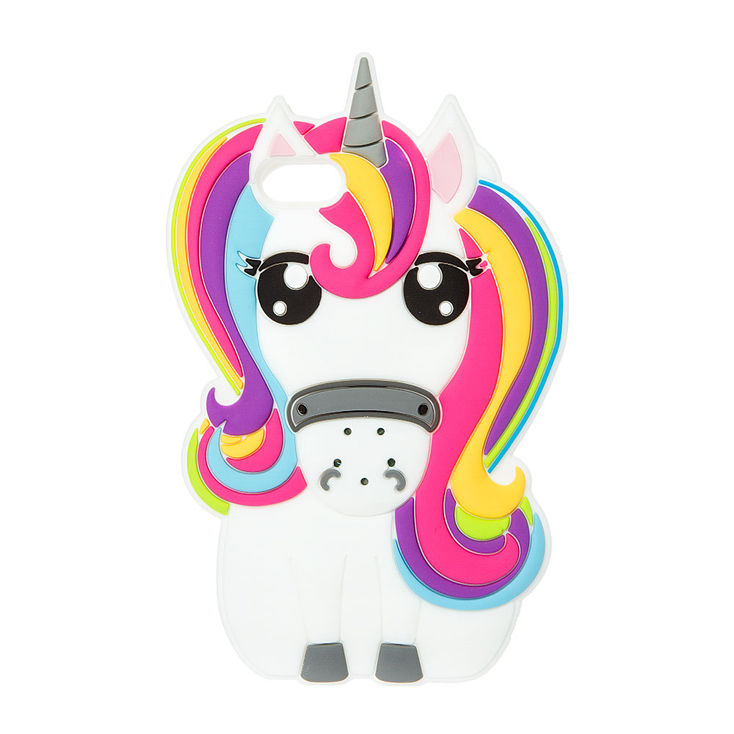Many content marketers think they’re doing content right. They brainstorm. They monitor upcoming events. They plan their editorial calendar based on things like:
- New product releases and updates
- Holidays
- Company news
- Current events
- Trends
- Conferences
They stick to their calendar and publish regularly. Yet their content fails.
It’s not surprising. When you’re too focused on just filling the content pipeline, becoming a slave to your editorial calendar, it’s easy to lose sight of what you should be creating.
What Is Good Content?
Good, effective content connects. It speaks directly to your audience and provides something that they want or need. Yet so much content meets readers at a superficial level; most of it lacks heart and emotional connection. It’s the equivalent of talking about the weather.
If you want to form relationships with your audience and convince them to invest in your brand, which you do, you need to connect through truly meaningful content that tells a worthwhile story.
How do you know what’s worthwhile? The strongest stories include two key traits:
- They’re interesting: Most industries are becoming commoditized and more competitive, which makes it harder for brands to stand out. To break through, you need a strong, distinct voice. Telling unusual, unique, or intriguing stories helps you do this. That means diving past the surface, identifying interesting topics, teasing out unique angles, and turning them into compelling stories to capture your audience’s attention.
- They’re useful: The quickest way to make your audience fall in love with your brand is to provide content that applies to their lives. (This type of content is also innately interesting to them.) To do this, you can focus on content that helps them solve a problem, learn something new, or do something better. Think education (blog posts, webinars, ebooks, etc.) or inspiration (customer or employee stories, etc.).
So you know what makes a compelling story, but where do you find those stories in your own operation? This is where things can get murky for marketers, but don’t get overwhelmed. You have the single greatest source of inspiration right in front of you, all around you, even in your instant messages.
It’s your company culture.
Why Culture Makes for Good Content
Content marketing is a long-term process to turn strangers into supporters of your brand. The first step of this process is introducing yourself—showing your audience who you are, how you see the world, and why anyone should care about any of this. Conveniently, these are the very same elements that comprise your company culture.
When you approach content from this angle, your stories inherently capture your unique and authentic perspective. This hits both marks for generating great stories:
- They’re interesting because they’re unique; no other company has your mission, vision, values, people, origin story, failures, and successes.
- They’re useful because they stem from your personal experiences. If you’ve experienced something or solved a problem firsthand, your audience is more likely to trust your advice.
When you peel back the curtain, you’re more vulnerable—and that’s the key to developing a deep, emotional connection with your audience.
But what does that look like in action? Here are 5 ways to turn your culture into incredible content:
1. Share Your Vision, Mission, and Values
If you don’t have these principles articulated for your company, you absolutely should. Sharing your company’s purpose through your vision, mission, and values helps your internal team understand why they’re working, what they’re doing, and how they’re supposed to be doing it. (This also helps create a cohesive culture.)
Additionally, showcasing your principles externally shows your audience who you are and what you stand for. Audiences crave connections with brands that share their same values. For some prospects, your principles could be the key factor in their decision-making.
Creating content around your principles doesn’t mean you publish your mission statement. It means you mine those values for inspiration. What do you care about? What inspires you? What’s been on your mind? How might you create content to move the needle on those issues?
This type of thinking has helped my company come up with many content ideas. For example, one of our values is “be good to each other.” This value also inspired us to create our People for Periods project, an interactive microsite to educate and help destigmatize menstruation in honor of Women’s Health Week.
On another occasion, after we read the story of how Ben Franklin once refused a loan repayment and directed the debtor to “pay it forward,” we became so inspired by the “pay it forward” philosophy that we turned the entire tale into a high-quality print, which ultimately became our holiday gift to our partners. (It was a much more meaningful gift than a branded coffee mug.)
This type of content is a simple way to put your beliefs out into the world and into your audience’s hands.
2. Highlight Your People
Your company is (or should be) full of great people. Celebrate them—and give them a platform. Your audience wants to put a face to your brand, and this is a great way to do it.
This can be as easy as creating a page that spotlights them or showcasing their work. It can be more involved, too. You might encourage your employees to write blog posts (even if they aren’t on the content team) about their experience or create content around a volunteer event that your company sponsors.
For instance, our Director of Strategy recently wrote a well-received article about battling—and beating—creative struggles called “The 15 Most Important Lessons I’ve Learned in Creative Work.” When one of our designers began to take calligraphy classes after work, we tapped her to hand-letter inspirational quotes for our Instagram account. And when our New York team helped YMCA kids create a chalk mural, we created a video recap.
If employees aren’t comfortable writing or producing content themselves, they can still brainstorm ideas, offer their perspectives, and help you identify angles your audience would find valuable.
Here are some other ways to highlight your employees:
- Showcase their innovations, awards, etc.
- Interview them (perhaps film them in their work environment)
- Give them shout-outs on social media
3. Tell Your Origin Story
Find creative ways to showcase how your company started and how it’s evolved over time.
I find myself telling my company’s origin story most frequently during sales meetings, and I’m still pleasantly surprised by how interested people are in knowing this stuff. Why do people care? Because this is the stuff that is specific to each company, and stories of humble beginnings are always interesting, inspiring, and endearing.
Recently, my team has even started to help our partners tell their stories, too. We publish interviews with clients about how they built their companies, what they learned, and what advice they’d give to those facing similar issues.
Any time you share your experience—including your struggles, failures, and growth—you cultivate stronger relationships.
4. Publish Your Failures
Everyone fumbles and fails their way through at least the early days of launching a brand. Even if you’re a 10-year business veteran, you will face challenges.
Sharing stories about how you’ve failed and what you learned humanizes your brand, makes you more relatable, and demonstrates that you are invested in learning and trying to improve—for yourself and your customers.
Most importantly, it provides your readers with something of value—the opportunity to learn from your mistakes.
At our agency, I’ve written about the toughest lessons I’ve learned about building a content strategy. And we had our entire team share the best content marketing lessons they’ve learned.
You may feel shy or strange at first talking about how you’ve absolutely botched something, but as long as you frame it in terms of what you’ve learned, you have nothing to lose.
5. Publish Your Successes
Hopefully, you don’t just have failures in your brand’s story. Just as you share your losses, you should share your wins—not in an arrogant way, but in a confident way. (Your audience appreciates your advice from failures, but they definitely want to know how to win.)
To ensure you stay humble, when you share your wins, think of ways to frame it in terms of why you won or succeeded. Doing so enables people to “stand on your shoulders.”
For example, when our agency created a viral video for Microsoft, we let our audience know about the success. But we presented it as a behind-the-scenes blog where we shared the strategic thinking that went into the project, how we vetted the idea, and why we think it worked.
If you help others around you succeed, you succeed.
Remember: Go Deeper
When you use your content as a conduit to express your culture, you can market your company as a unique entity versus a transactional, lowest-cost provider, which is the best advantage available. This alone should inspire you to grab your team and a pizza to start hashing out your ideas.
Using this tactic doesn’t mean you have to abandon your entire content strategy. You can build your editorial mix around high-value, high-interest ideas first, then plug in company news, new product updates and releases, etc. to maintain your publishing schedule.
No matter what you create, always focus on leading with value for your audience first.
This article originally appeared on Marketo.























